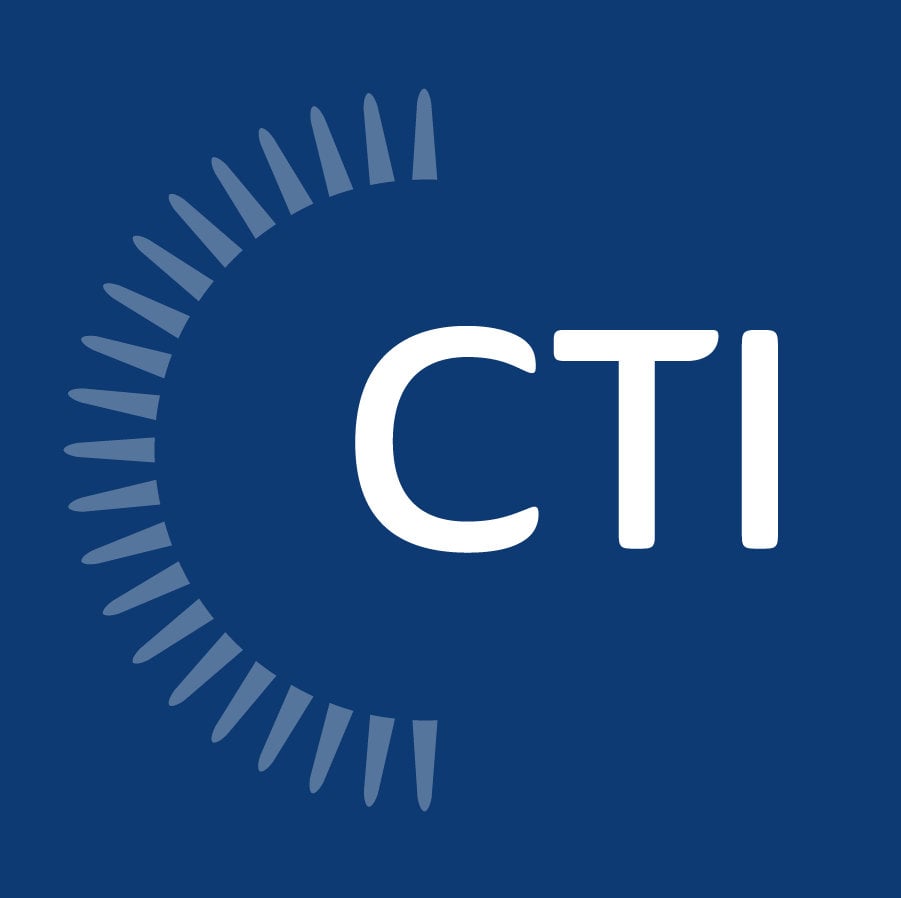 The Alternative Minimum Tax (AMT) is an additional income tax system created to prevent high-income individuals, corporations, trusts and estates from avoiding tax payments.
The Alternative Minimum Tax (AMT) is an additional income tax system created to prevent high-income individuals, corporations, trusts and estates from avoiding tax payments.
Established in 1969, its goal at the onset was to close tax loopholes in the form of exclusions, deductions and tax credits available to corporations. Often, these loopholes allow large corporations to greatly reduce, if not eliminate entirely, the income tax they owe.
Over the last 40 years, Congress has clamped down on AMT regulations. Subsequently, some small businesses making over $100,000 per year are subject to what is a lofty tax originally aimed at controlling the distribution of wealth.
The PATH Act’s R&D Credit Extension Of 2015
The U.S. government likely understands that large enterprises alone aren’t driving technological advancements. Ensuring that small businesses and startups thrive is vital to continue pushing forward our economic growth.
That’s why the latest provision under the PATH Act’s R&D credit extension of 2015 is so exciting, as it opens up a new way for eligible small businesses to use the credit against payroll taxes as well as the AMT.
The Specifics Of Section 121(b)
Section 121b of the PATH Act is a new tax provision allowing an eligible Small Business (ESB) that satisfies the less than $50 million gross receipts requirement to offset a taxpayer’s AMT liabilities for tax years beginning after December 31, 2015.
An ESB with respect to any tax year:
- Is a corporation (of which the stock is not publicly traded), and
- Has average annual gross receipts of the corporation, partnership or sole proprietorship for the three tax years preceding the tax year that do not exceed $50 million
Small business taxpayers that previously could not receive benefits of the R&D tax credit due to AMT-related credit limitations are now eligible. This tax benefit opportunity offers a boost to small businesses in many industries including fabrication, manufacturing, engineering, science industries and more.
Action Items For Capturing Research Credits In 2017
As a small business taxpayer, if your business is not paying regular income taxes, it’s important to follow IRS rules for claiming the credit by taking these steps:
Prove expenditures are qualified.
While the IRS doesn’t require you to capture the costs of research under a particular accounting methodology, you must identify qualified research expenses (QREs) by specific qualified research activities.
Gather all required information.
Gather all available supporting documentation as you’re completing credit calculations. Often, if you wait to go back and find the information, it’s no longer available since source documents can be destroyed or lost over time and key personnel may leave the company.
Consult with an outsourced tax consultant.
Meeting IRS requirements for R&D tax credits is a complicated process. Partnering with an outsourced tax consultant allows you to effectively capture research credits with minimal disruption to your daily operations.
Ready to learn how research credits can support your small business? Download your complimentary, educational guide.



